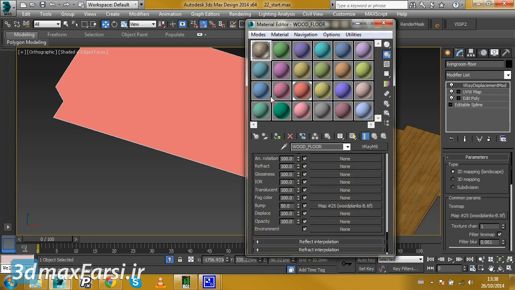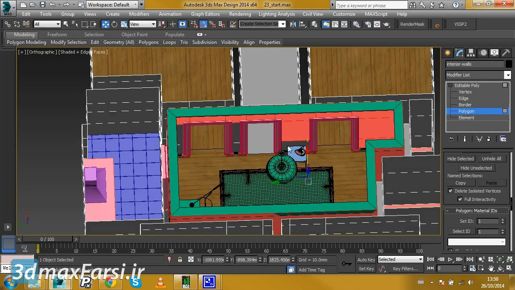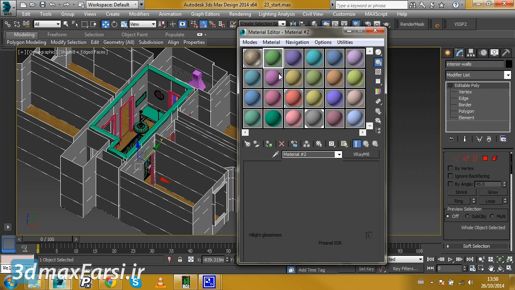
3ds max Keyframe Animation Auto Key mode
3ds max Keyframe keyframes in Auto Key mode So I can maybe go to the middle of the animation here around frame 70 and turn Auto Key back on again and with that move tool active, change the position of the camera. Maybe move it back a little bit. Release the mouse and now I have another key frame at frame 70. Disable Auto Key and rewind and play it back again. So I've got a little bit of a subtle arc there where it's coming in closer at the end.
3ds max Keyframe keyframes in Auto Key mode Okay, that's how Auto Key works. It's pretty simple. You want to remember if Auto Key is on. You don't want to accidentally leave it on. That would be bad because then you might be working in some other aspect of your scene and creating key frames when you didn't intend to. It's a classic rookie mistake. 3ds max Keyframe keyframes in Auto Key mode You leave Auto Key on and then you go into the material editor and all of a sudden you're animating colors and you didn't even realize you were doing that. So when you're finished creating animation, always just reflexively remember to turn Auto Key off.





